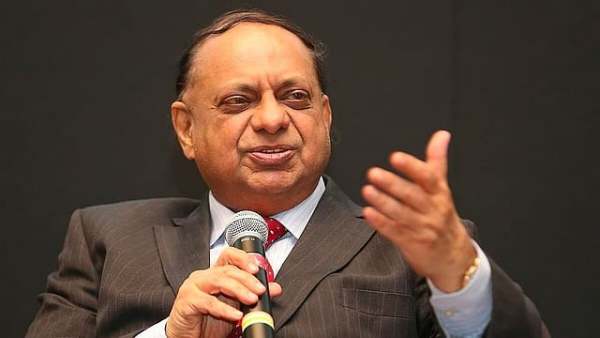
Question: My mother who is living in India has been asked periodically to update her KYC records. Is it mandatory to do so, considering the fact that there is no change in her residential address?
ANSWER: Banks have been directed to adopt an empathetic approach for low risk customers. Self-declarations are accepted in respect of details which have remained the same and where there is no change of address. Bank customers can now submit self-declarations through digital or offline channels. Reserve Bank has also allowed KYC updates at any branch of the bank irrespective of where the account is being operated. It has also permitted the use of Aadhaar OTP and video-based customer identification for periodic KYC updates.
Banks can use the Central KYC Registry for retrieving and updating customer data. For those who are living in Tier 1 and Tier 2 cities as well as in semi-urban areas, banks are organising KYC update camps for the convenience of customers who are residing there. This will also enable individuals to access bank accounts which have been lying dormant for the past several years and to recover deposits which have remained unclaimed. A Circular dated 12 June, 2025 has been issued by the Reserve Bank of India to ensure that anti-money laundering rules do not prevent rightful account holders from accessing their deposits which have not been claimed in the past.
Question: While the Indian economy has grown by 6.5 per cent during the financial year ended on 31st March, 2025, has this made any impact on those who are below the poverty line?
ANSWER: According to the World Bank report which was released last month, the poverty rate in India has declined from 27.1 per cent in 2011-12 to 5.3 per cent in 2022-23. The number of persons living in poverty fell sharply during this period from 344.47 million to 75.24 million. Thus, nearly 270 million persons were lifted out of poverty during this period. The new poverty line fixed by the Reserve Bank of India is $4.20 per day per person. According to the report, free and subsidised food was responsible for reduction in poverty and the rural-urban poverty gap has narrowed.
The World Bank which introduced the international poverty line (IPL) in 1990 has undertaken several updates to include changing prices and costs and the latest update was undertaken on June 5. It used more refined data and updated survey methodology while preparing the report. The poverty report has concluded that India has transitioned into the lower middle income category and that rural poverty has dropped from 69 per cent to 32.5 per cent, showing a 7 per cent annual decline. Several research papers have also indicated the reduction in poverty over the last decade on account of robust growth.

HP Ranina is a practising lawyer, specialising in corporate and tax laws of India.
Question: In an earlier column you had mentioned about the digital rupee. Has there been progress on this front and is it being used extensively?
ANSWER: The digital rupee is a new type of money created by the Reserve Bank of India that works like cash but on your mobile phone. It can be used for everyday payments like currency notes. However, instead of paper, it is a digital token stored in a wallet app which can be downloaded on a smartphone. If a person scans any UPI QR code, the digital rupee will automatically get converted into regular money in the shopkeeper’s bank account.
Since the digital rupee is currently in its pilot phase with 15 banks being involved, only users and merchants who have accounts with these 15 banks are able to use the digital rupee. Such persons have to complete all KYC formalities. There is no need to maintain a minimum balance and no fees are charged for using or holding the digital rupee. However, no interest can be earned on monies stored in the digital rupee wallet because it is like holding physical cash.
The digital rupee is programmed, which means that the Reserve Bank can restrict the manner of using it, for example, giving subsidies or employee benefits. The programme can be set to expire by a certain date or for use in certain shops or places. This programmability feature means that once the digital rupee is transferred to the shopkeeper or merchant, it becomes free from all restrictions. In future, the digital rupee may also be used for remitting funds abroad faster and cheaper, if the Reserve Bank of India ties up with central banks of other countries.
The writer is a practising lawyer, specialising in corporate and fiscal laws of India.